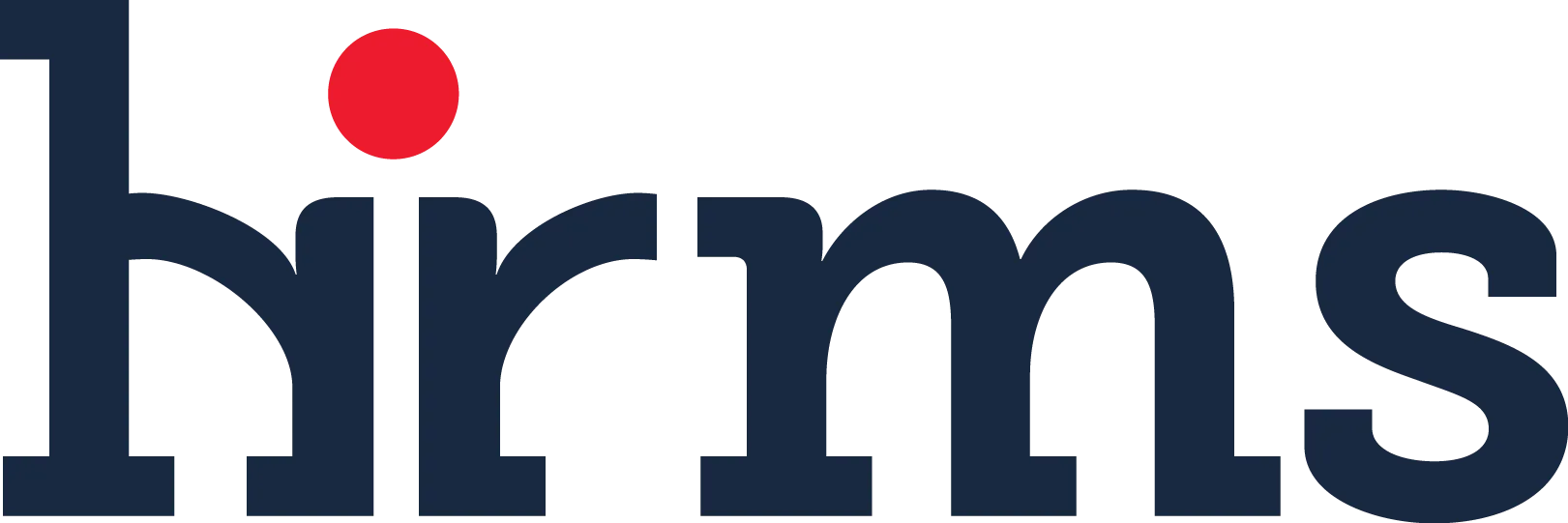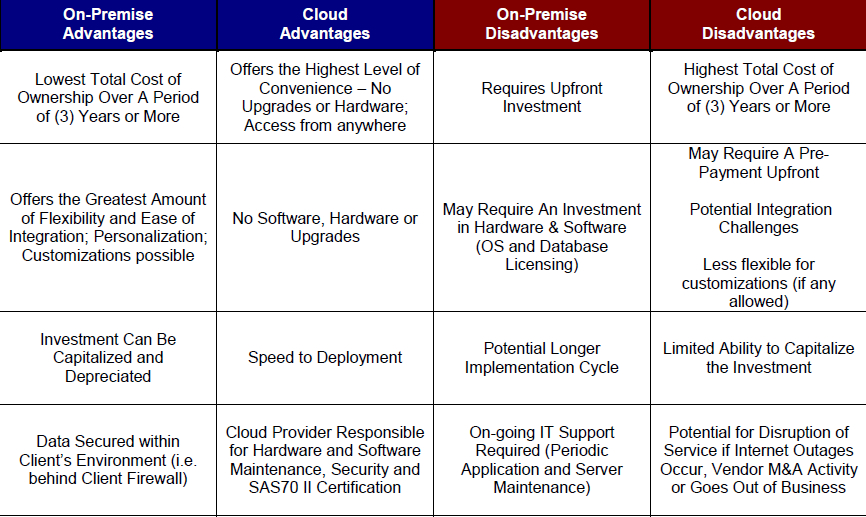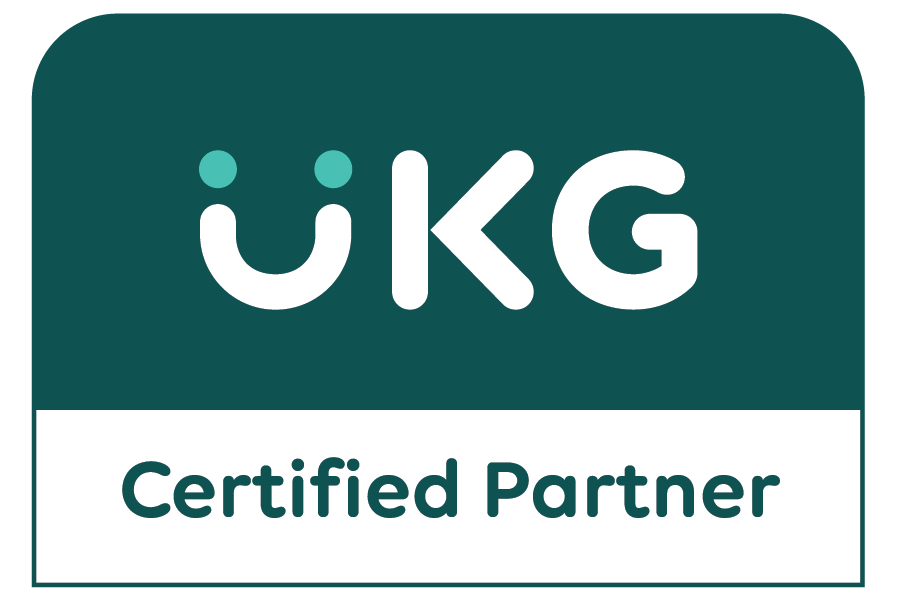As technology advances and Cloud based vendors’ become mature, we’re often asked about Cloud vs On-Premise delivery models by prospective companies looking to invest in HR, Payroll and/or Talent Management solutions. Companies look to us for our expertise to help them understand the significance of these delivery models and help determine which one is better suited for their organization. There is really no right or wrong answer since both of these models are viable, but knowing which is right for your company and its impact to your organization is critical. Below is a partial list of factors that can influence our recommendation.
WHAT’S THE COMPANY’S IT STRATEGY OR PHILOSOPHY?
Your IT department may be consciously moving to Cloud solutions based on a number of factors, including a strategy to reduce IT resources, a reduction in hardware and servers, simplification of interfaces, empowerment of mobile technology, standardization on a single reporting/analytical tool and streamlining application maintenance and upgrades. Using this strategy, IT could make a strong case that Cloud solutions have minimal impact on their internal resources, offer lower or almost zero maintenance requirements, and provide a richer application experience to the end users, which typically results in higher end-user adoption. A counter argument could be made that cloud vendors potentially increase the risk of exposing their employee data to a potential cyber attack (i.e. Target), increases the complexity of integrating their existing applications (cloud to cloud data centers or cloud to on-premise), and increases the total cost of ownership by executing annual subscriptions agreements. We continue to find that a substantial segment of mid-market businesses do not want their data residing with a Cloud vendor, regardless of how secure that hosting facility may be or what any SSAE-16* report says.
*SSAE 16 Definition: Statement on Standards for Attestation Engagements (SSAE) No. 16 is an attestation standard put forth by the Auditing Standards Board (ASB) of the American Institute of Certified Public Accountants (AICPA) that addresses engagements undertaken by a service auditor for reporting on controls at organizations (i.e., service organizations) that provide services to user entities, for which a service organization’s controls are likely to be relevant to a user entities internal control over financial reporting (ICFR) states.
It is my opinion that this anti-cloud rationalization is an example of a strong philosophical choice, rather than based on technology facts. Many IT Professionals believe that they can better secure their own data and avoid having to pay the recurring subscription fees every year. I believe that this to be true for some organizations and why a substantial segment of the mid-market continues to purchase On-Premise solutions; but for many, the growing trend favors adopting cloud based solutions.
APPLICATION MAINTENANCE AND SUPPORT
One of the primary driving forces behind the birth of Cloud Computing was the difficulty companies had staying current on vendor releases, while avoiding customizations. On-Premise customers have always struggled with trying to bend their business processes around the vendor’s application to avoid modifying source code. When these business processes are part of a company’s culture, Executive sponsors for projects and system deployments find it easier to have the vendor customize the system to avoid the pain of trying to adjust company culture. As the years tick by, businesses find they have developed a laundry list of customizations and source code changes, which now puts the IT team in a difficult position to stay current with vendor releases for compliance, features and technology enhancements. The application and support maintenance burden that is placed on an IT team becomes more difficult as the system is modified and the vendor produces major and minor releases. Cloud vendors that have built their solution on multi-tenant platforms have eliminated many of the challenges that On-Premise customers experience. On a multi-tenant cloud platform, all customers share the same application; running on the same cloud infrastructure (hardware, database, reporting tools, etc.), eliminating the concern that they can be left behind because they have not applied the latest release of their application. The value of this new technology architecture can be summarized as follows:
• Lower costs through economies of scale
• Shared infrastructure to lower costs
• Effortless ongoing maintenance and updates
• Application configuration can be done while leaving the underlying codebase unchanged
DATA CENTER LOCATION
American companies selling their cloud solutions that have their offerings deployed in data centers inside the United States have to overcome the fear of the USA Patriot Act and its impact on non-American corporations. With all of the recent controversy surrounding the National Security Agency (NSA) spying on foreign and domestic citizens, this fear has become more legitimate. The concern is that the ACT would provide the U.S. government with unfettered access to a company’s employee data. European, Asian, and Canadian data privacy rules are concerned about U.S. surveillance of data crossing international boundaries. Section 217 of the Patriot Act permits government interception of the “communications of a computer trespasser” if the owner of a “protected computer” authorized that surveillance. It is this very essence of the Patriot Act that tends to push some CIO’s outside the United States to strongly consider either On-Premise solutions or Cloud providers within their own country since this potential intrusion of privacy is real.
INTEGRATION WITH OTHER SYSTEMS
Integration should be another important factor in your evaluation of Cloud and On-Premise systems. In order to gain maximum efficiency, both delivery models require a connection to 3rd party applications in which data needs to be shared. The most common integrations are to benefit insurance carriers, payroll providers and/or a best of breed talent management system such as ATS (Applicant Tracking System), LMS (Learning Management System) or Performance Management solutions. These integrations are typically at risk when a system is in sync with another system and then a new version or feature is released. Both On-Premise and Cloud solutions would potentially be at risk to ensure that the integration remains in sync. At present, we are aware of two ways to eliminate the risk and high maintenance of integrating systems:
• Select a single (Cloud or On-Premise) vendor that offers a full suite of solutions (ATS, HRIS, Payroll, Financials, TLM)
• Select one or more different solutions anchored to a PaaS (Platform as a Service) provider
What makes PaaS different from SaaS (Software as a Service) is that PaaS providers allow 3rd party vendors to leverage its cloud infrastructure and build on its platform. As an example, Workday is a SaaS provider which offers a suite of Cloud-based solutions, which they control. Salesforce is a PaaS provider that allows 3rd party providers to build their unique application on their platform. This allows the customer to pick and choose a single application or several applications, from different vendors without the concern of having to integrate all these systems. To learn more about PaaS and the impact it has on HR Professionals, see our blog article; The HRIS Dream: The Next Big Thing
BUDGET CONSIDERATIONS
When planning for your investment, we find that Cloud solutions have lower upfront investment costs with standard subscription agreements, which can vary from three to five years. It is our opinion that the normal life cycle for businesses to replace their HRIS, Payroll or Talent Management technology solutions is seven to ten years. So just like purchasing vs. renting a house, there may be financial advantages to choosing an On-premise solution over a Cloud solution, so you should consult with your Finance Team to better understand the financial implications for each option, including one time License fee vs. on-going monthly charges and the ability to capitalize* the investment.
*Capitalization is the process of recording an expenditure as an asset on a company’s balance sheet. This shows that the expenditure is expected to have future economic benefit. Capitalization of assets generally has a positive effect on a company’s balance sheet.
SUMMARY OF ADVANTAGES AND DISADVANTAGES
The chart below provides a summary of the advantages and disadvantages of the delivery models we’ve discussed.
SUGGESTED APPROACH
Set your cloud vs on-premise delivery decision aside until the end, so that you can truly focus on your requirements and the product that best fits those needs, before debating how to deploy it. Remember that many vendors today offer both delivery options, so this might be a lesser issue than you think.






